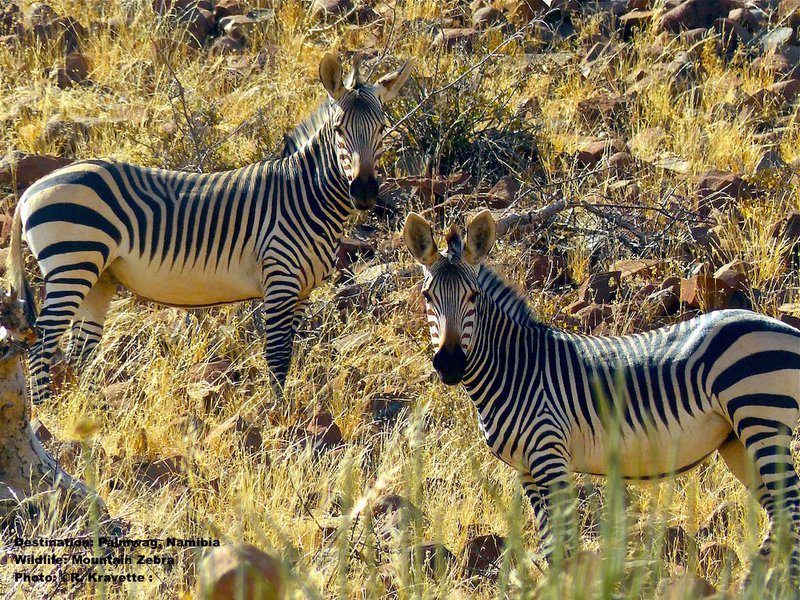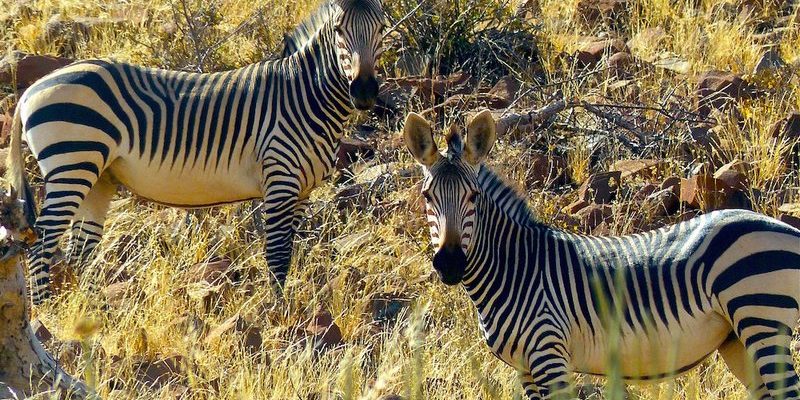
The mountain zebra isn’t just a creature of the wild; it’s a character in the narratives of indigenous peoples and a symbol of beauty in art and literature. Throughout history, animals have played vital roles in folklore, often representing traits we admire, fear, or seek to understand. The mountain zebra is no exception, embodying resilience, adaptability, and the intricate balance of nature. Let’s dive into the many ways this beautiful animal is celebrated and represented in various cultures and stories.
Cultural Significance of the Mountain Zebra
The mountain zebra holds a special place in various cultures, particularly those in Africa. For many indigenous communities, animals are not just part of the landscape; they are integral to the spiritual and cultural identity of the people. The mountain zebra, with its distinct physical characteristics and behaviors, often symbolizes adaptability and survival. Its adaptation to rugged terrains, where it thrives despite harsh conditions, mirrors human struggles and triumphs.
In some African cultures, the mountain zebra is seen as a guide or protector. Folklore stories tell of mountain zebras leading lost travelers to safety, symbolizing hope in the face of adversity. This portrayal reinforces the zebra’s role as a crucial figure in nature, emphasizing the interconnectedness of all living beings. You might say the mountain zebra acts as a bridge between the human experience and the wild, reminding us that we are never truly alone in our journeys.
Mountain Zebra in Folklore and Mythology
Folklore featuring the mountain zebra often carries moral lessons or reflections of societal values. One recurring theme is the importance of community and cooperation. Stories tell of mountain zebras working together to navigate treacherous mountain paths, which can be a metaphor for how humans can achieve greater things when they unite. This idea resonates across many cultures, reinforcing the importance of solidarity and teamwork.
Additionally, some legends attribute supernatural qualities to the mountain zebra. For instance, it is believed that these zebras possess the ability to communicate with the spirits of the mountain. Local storytellers weave tales about the zebras interpreting signs from nature, guiding people toward better choices. In this way, the mountain zebra is not just an animal but a spiritual symbol, encouraging reflection on one’s place in the world.
The Mountain Zebra in Art and Literature
Artists and writers have long drawn inspiration from the mountain zebra, incorporating its image into various works. In visual arts, the zebra’s striking pattern often symbolizes beauty and harmony. Artists might use the zebra to explore themes of duality and balance, reflecting both the light and dark aspects of life. The mountain zebra’s unique stripes can serve as a reminder of the beauty in diversity, inspiring viewers to appreciate differences in the world around them.
In literature, mountain zebras appear in stories that reflect the struggles of nature and humanity. They can represent freedom, the wild spirit of adventure, or the importance of conservation. Writers often use mountain zebras to symbolize the fight against extinction, drawing attention to the need to protect these majestic creatures and their habitats. It’s a powerful reminder that our stories—like our natural world—are interconnected, celebrating the richness of life that surrounds us.
Conservation and Modern Culture
As society becomes more aware of environmental issues, the mountain zebra’s importance extends beyond folklore and art; it now also includes conservation efforts. Many organizations focus on protecting the mountain zebra and its habitat, using its image to raise awareness about wildlife conservation. Community outreach programs often use stories about the zebras to teach younger generations about the importance of biodiversity and the role these animals play in maintaining ecological balance.
In modern culture, the mountain zebra also appears in various media forms—from documentaries showcasing their behavior to animated films that include them as characters. These representations help spread awareness and appreciation of the species, encouraging a deeper understanding of wildlife. By embedding the mountain zebra into contemporary narratives, we ensure that its cultural significance continues to evolve and inspire.
The Symbol of Adaptability
One of the most remarkable traits of the mountain zebra is its adaptability. Living in harsh, mountainous regions, it has developed unique behaviors and survival strategies. This adaptability resonates with people, often symbolizing resilience in the face of challenges. It’s a powerful reminder that, much like the mountain zebra, we can overcome obstacles with the right mindset and community support.
In many cultures, this trait is celebrated as a metaphor for life’s unpredictability. The mountains where these zebras thrive can often represent life’s struggles—steep, rocky, and challenging. Yet, just as the zebra navigates these terrains with grace, people can find ways to adapt and thrive despite difficulties. This connection reinforces the idea that we can learn from nature and its creatures, drawing inspiration from their ability to adapt and flourish.
Mountain Zebras in Folklore Around the World
While the mountain zebra is native to southern Africa, its influence reaches far beyond these borders. Similar symbolic representations appear in various cultures worldwide. In some cultures, zebras in general symbolize loyalty and partnership, traits often depicted in folklore involving animals. The stories may vary, but the underlying themes often reflect shared human experiences—love, friendship, and the importance of connection.
You might come across tales where zebras are portrayed as peacemakers, bringing harmony among feuding factions. This reflects not only the values of the cultures telling these tales but also the universal desire for unity. By embodying traits such as calmness and balance, the mountain zebra becomes a vital character in narratives that inspire hope and reconciliation.
Celebrating the Mountain Zebra Today
As we move forward, it’s essential to continue celebrating the mountain zebra and its cultural significance. Whether through storytelling, art, or conservation efforts, each representation deepens our connection to this unique animal. Caring for the mountain zebra and its habitat is not just about preserving a species; it’s about honoring the stories, values, and lessons it imparts.
You can participate in this celebration by supporting conservation initiatives or exploring local art that features the mountain zebra. Engaging in conversations about wildlife and sharing stories can help keep the spirit of the mountain zebra alive in our communities. Trust me, every small action contributes to a larger narrative, reminding us of the beauty and importance of all living creatures.
In conclusion, the mountain zebra is more than just a striking animal with beautiful stripes; it’s a symbol of resilience, community, and the intricate ties we share with nature. Its rich cultural representation highlights profound themes that resonate across generations and cultures. As we explore its significance in folklore and modern storytelling, we remind ourselves of the vital connections we share with the animal kingdom and the responsibility we have to protect it.

